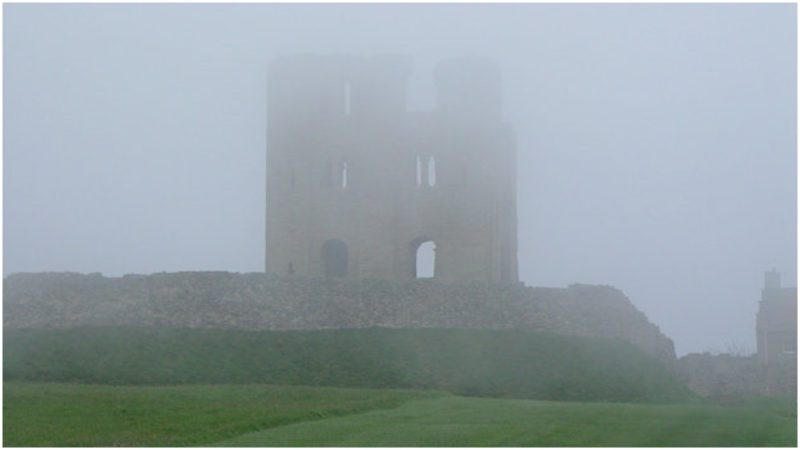The ruins of Scarborough Castle silently tell more than 3,000 years of history full of ups and downs. The site, placed on the top of a rocky hill just above the North Sea, provides not only numerous captivating stories from the past of the region that intrigue the human imagination, but also fascinating views of the Yorkshire coastline. Although most of the ruined structures are from the Middle Ages, the story of the site is much older.
The superb strategic location of the headland has been as a natural bastion since ancient times. Archaeological excavations have revealed traces of human activities which go back to prehistoric times. But much of the remnants of the late Bronze Age or early Iron Age settlement are gone forever because of the constant coastal erosion, or because that their foundations are now hidden beneath structures erected in later periods.
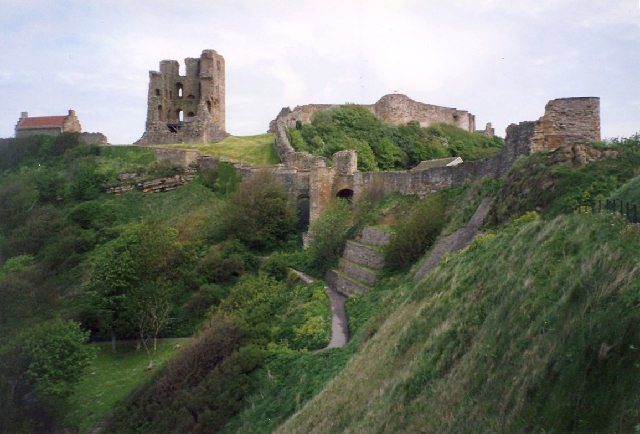
In Roman era, in the 4th century A.D., soldiers of the Roman Empire constructed a watchtower and signal station on the important strategic position. This was one of many signal stations along the coast of north-eastern England. After the fall of Rome and the inevitable withdrawal of the Romans, the Britons were left to defend themselves from ‘barbarian’ raiders, including the Angles and the Saxons. The newest wave of raiders became migrants and Britain settled into its Anglo-Saxon period. In 789 the earliest recorded Viking attack took place at Portland in Dorset. At first raiding outlying communities and monasteries, the Vikings now took their turn to invade Britain. Some scholars believe that a Viking settlement was established at Scarborough and that the name comes from the Norse for “stronghold of Skardi.” It is argued by others that, while it is mentioned in an Icelandic Viking saga, there is not sufficient archaeological evidence to prove this.
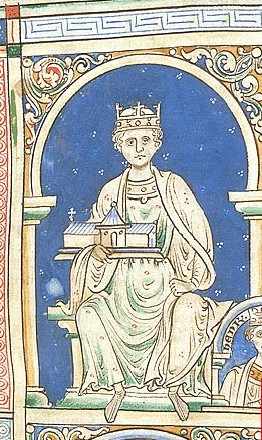
The Anglo-Saxons reused the building materials of the former Roman structures and the signal station was reconstructed as a small chapel with an adjoining cemetery. Remains of these structures can be still found on the site. Another suggestion for the root of the name Scarborough is that it originates from Anglo-Saxon language and means “the hill with the fort.” Historical documents suggest that Scarborough was completely abandoned for nearly a century following an attack by King Harald III of Norway in 1066.
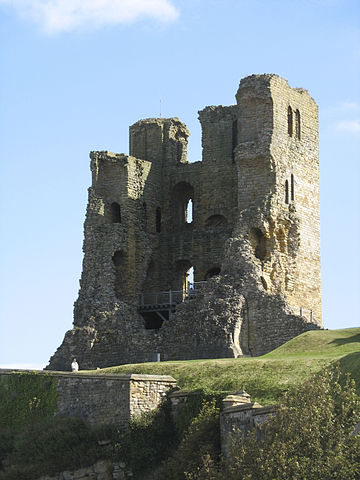
The site was repopulated by the middle of the 12th century. During this era, the first stone fortification was built by William le Gros, who became ruler of the entire region. The stronghold had a defensive curtain wall and several buildings built from earth and timber within the walls. Only parts of the stone tower, which later was reconstructed into a keep, have survived and now are material evidence of the early phase of the stronghold.
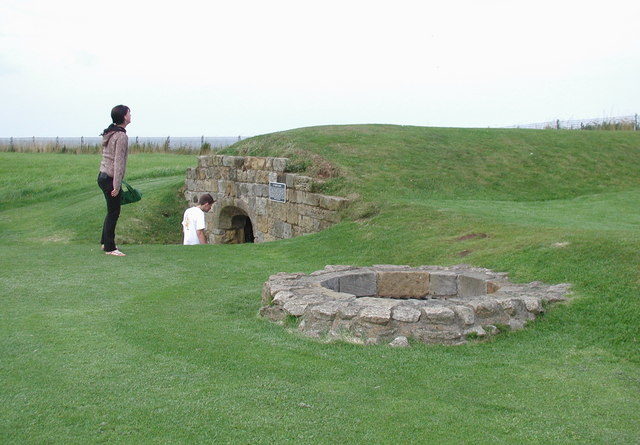
When Henry II became king in 1154, he ordered that all royal castles be returned under the possession of the Crown. Scarborough was one of those castles. Later the castle was enlarged, developed, and strongly fortified. Construction of a new town was started around the castle too. The castle and the town were strategically important for the king mainly because of the harbor, which gave easy access to Yorkshire and therefore provided great military control of the region.
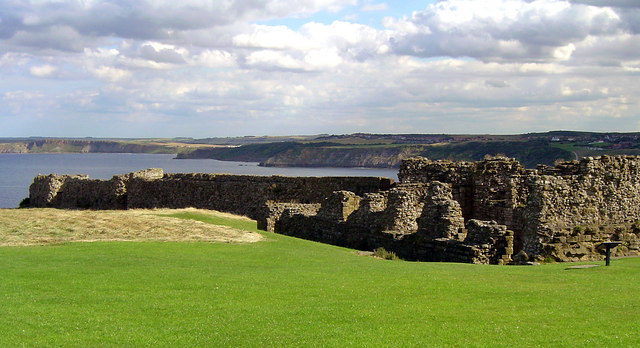
Between 1207 and 1212 King John made some modifications to the castle, like reconstruction of the curtain wall and building of a large hall and royal residences. In 1243 Henry III ordered the important repairs which prevented further erosion. The town of Scarborough became a bustling port and the castle remained a strong base over the next centuries.
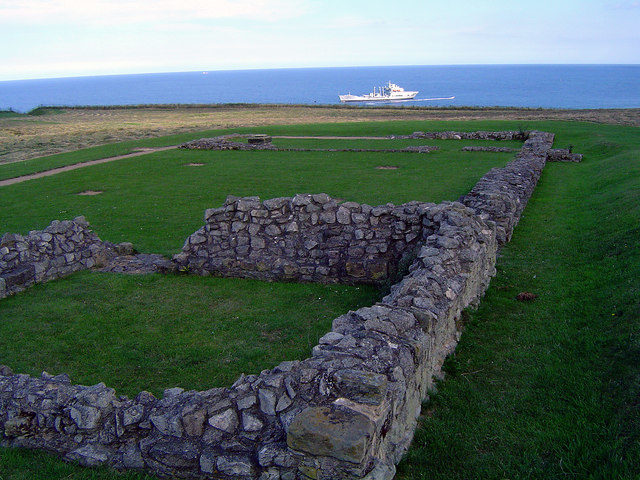
The castle witnessed many battles. During the rebellions against King Henry VIII (1536) and against Mary I (1557) there were attempts to occupy the castle by the rebellion forces, but they all failed. In the English Civil War it was seriously damaged during several bloody and heavy battles between the Royalist and the Parliamentary forces. The Parliamentarians attacked the castle with artillery destroying much of the Great Tower. The siege lasted nearly five months.
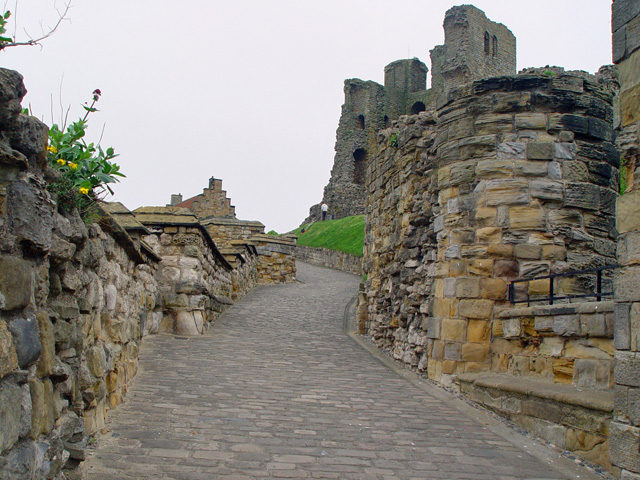
In the Second Civil War the Royalist forces were stationed there again. The Parliament forces after three months and several battles recaptured it. They ordered complete destruction of the castle, but because of the demands of the locals it survived, although in bad condition. After the war some of the surviving buildings were used as a prison. During the Jacobite Rebellion, parts of the curtain wall were transformed into barracks for the army. The castle even witnessed a naval battle of the American War of Independence, when a small United States fleet attacked two British warships in Scarborough bay. The castle saw action for the last time in World War I, when it was bombarded by German ships and most of the army buildings were seriously damaged and later deliberately razed.
Today the site is one of the main tourist attractions in the town of Scarborough. The shell of the once mighty medieval stronghold stands proudly above the town and the sea. Although deserted since long ago, locals believe that their castle even in ruins still has inhabitants. Three ghosts still keep the story of the castle of Scarborough alive. Local oral legend says that one of them is a Roman soldier.
